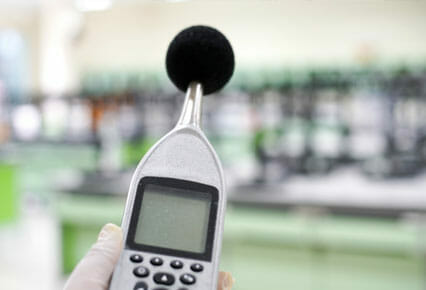The latest Control of Noise at Work Regulations 2005 place a duty on employers to ensure that noise exposure levels are reduced to meet the new exposure limits and a specific requirement is placed on employers to ensure health surveillance is conducted.
One of the major changes to the regulations is the reduction by 5dB of the exposure levels at which action has to be taken.
The action values sit between 80 – 85dB for daily or weekly exposure, with peak sound pressures of 135-137dB.
There is also an upper limit for which exposure must not exceed of 87dB and for daily or weekly exposure and a peak sound pressure of 140dB.




